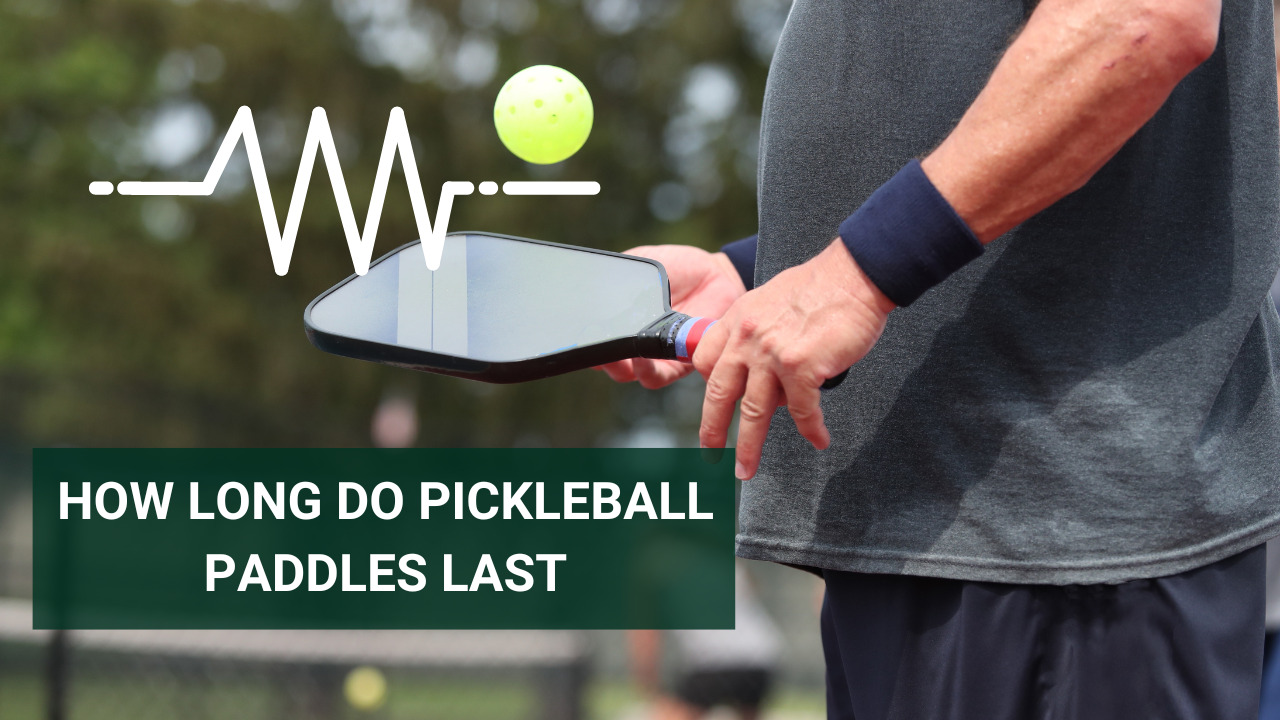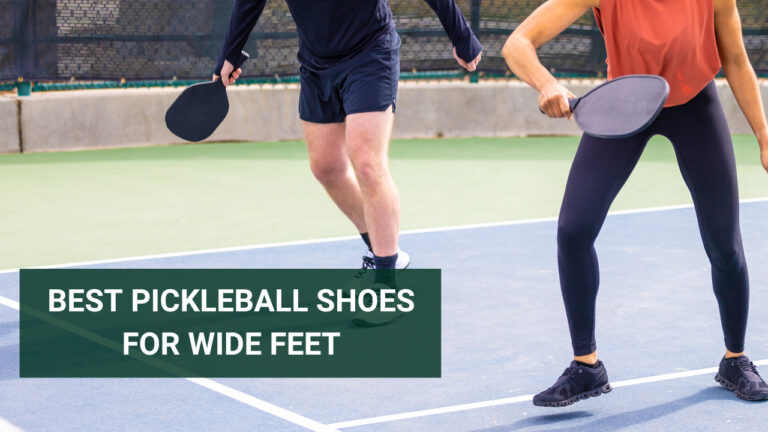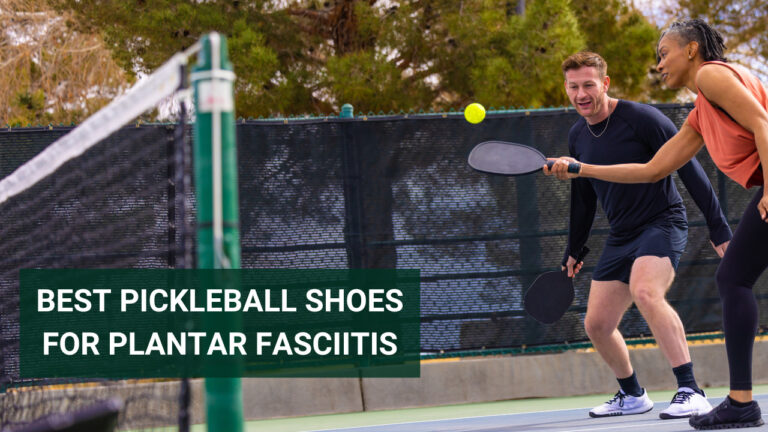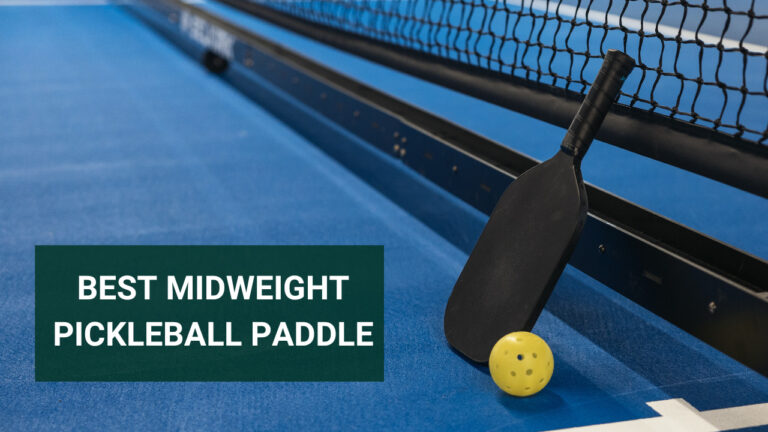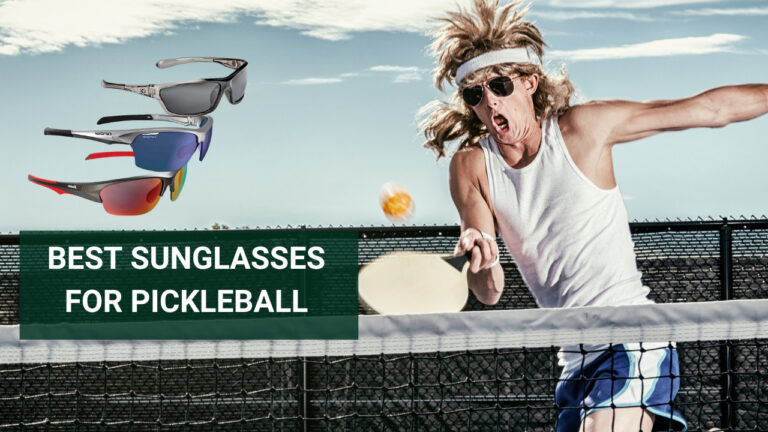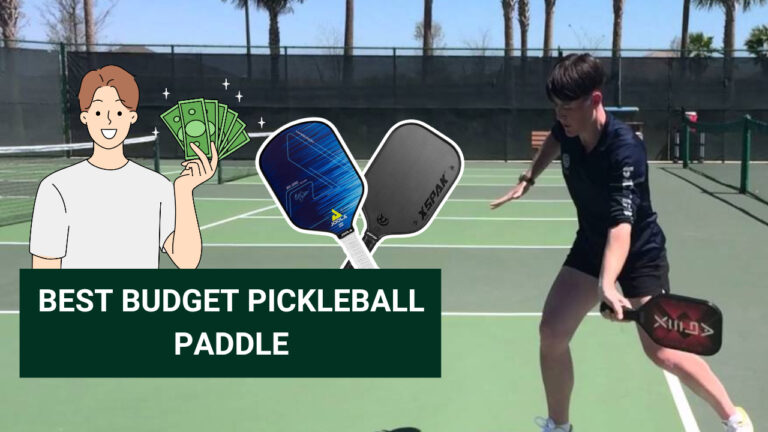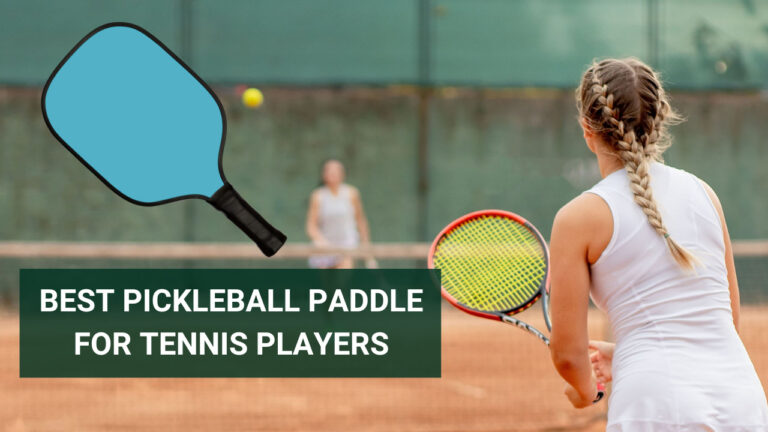How Long Do Pickleball Paddles Last – Things To Know
Are you a pickleball enthusiast looking to get the most out of your paddle? Or perhaps you’re new to the game and wondering how long do paddles last. Well, you’ve come to the right place!
Pickleball paddles typically last for 300 to 800 playing hours, depending on factors like material and care. It’s like a game clock ticking until it’s time for a fresh hit!
So, Let’s dive into the world of pickleball paddles and explore their lifespan. From factors that affect durability to tips on extending their longevity, we have all the information you need. So let’s grab our paddles and serve up some knowledge!
How Long Do Pickleball Paddles Last – Unveiling The Lifespan
A pickleball paddle typically lasts around 300 to 800 playing hours, but this can vary based on factors like material and usage.
Now, let me throw in a little personal experience – I’ve seen players keep swinging with me for a good couple of years before they think about a new partner on the court.
Of course, it all depends on how much action we see and how well we’re taken care of, but that’s a ballpark figure for you.
So, go ahead, enjoy those rallies, and when you start noticing a little less zing in your shots, it might be time to give a shiny new paddle a try!
Factors Affecting Paddle Lifespan
Whether you’re a seasoned pickleball player or just getting started, understanding how long your paddle is likely to last can save you time and money. Let’s break down the key factors that impact the longevity of your beloved pickleball paddle in simple terms.
1. Material Quality Matters
The stuff your paddle is made of matters. Paddle materials like composite, graphite, and wood all have their pros and cons. Composites are known for their durability and resistance to impact, making them a solid choice for players who want a long-lasting option.
Graphite paddles tend to offer a great balance between durability and performance. Wood paddles, while classic, might be a bit less durable compared to modern materials.
2. Frequency Of Use
How often you’re out on the court swinging that paddle makes a difference. Just like your favorite sneakers, constant use can wear down your paddle over time.
If you’re a pickleball fanatic playing multiple times a week, your paddle might show signs of wear sooner than if you’re an occasional player.
3. Playing Style Plays A Role
Are you a finesse player, going for precision shots, or do you lean towards power hits and aggressive play? Your style impacts the paddle’s wear and tear.
If you’re frequently putting extra power into your hits, your paddle might experience more stress, potentially affecting its lifespan.
4. Tlc: Maintenance Matters
Proper care is the name of the game when it comes to extending your paddle’s lifespan. Just like your car needs regular oil changes, your paddle needs a little love too. Keeping it clean, storing it in a dry place, and avoiding banging it against hard surfaces can all contribute to its longevity.
In the end, understanding these factors gives you the power to make informed choices about your gear. Whether you’re all about precision or packing a punch, taking care of your paddle ensures you get the most out of your pickleball adventures.
Estimated Lifespan For Different Paddle Materials
You got it! Let’s break down the estimated lifespans of pickleball paddles based on their materials.
Remember, these are just rough estimates and can vary depending on how much you play and how well you treat your paddle.
| Paddle Material | Estimated Lifespan |
| Composite | About 300 to 500 playing hours |
| Wood | Around 100 to 200 playing hours |
| Graphite | Approximately 500 to 800 hours |
| Polymer | Around 400 to 600 playing hours |
Keep in mind, these numbers can differ from player to player. But think of it this way – the more you play, the more wear and tear your paddle will experience.
Signs of Wear and Replacement
Absolutely, let’s chat about signs that your pickleball paddle might be ready for retirement. Here are some telltale hints, mixed with a touch of my personal paddle wisdom:
- Dull Sound And Feel: If your paddle’s once lively “pop” turns into a muted thud and you feel less feedback with every hit, that’s a sign. I’ve had players tell me they miss that satisfying sound and connection they used to have – it’s like losing the rhythm of the game.
- Visible Surface Wear: When you start to notice visible dents, chips, or cracks on the paddle’s face, it’s like a badge of honor showing off all the games you’ve conquered. But it’s also a sign that it might be losing its mojo.
- Loss Of Spin And Control: If your spins aren’t spinning as they should and your control over the ball feels a bit wobbly, that’s your paddle giving you a gentle nudge. I’ve been there when players start getting frustrated with their shots going awry.
- Change In Performance: Maybe your hits are sailing long when they didn’t use to, or your dinks aren’t dropping where they should. It’s like a dance partner suddenly forgetting the steps – a signal that it’s time to find a new rhythm.
- Handle Wear And Tear: A worn-out grip can make your paddle feel like it’s slipping out of your hand – not the most confidence-boosting sensation. I’ve seen players wrap extra grip tape around handles to extend the paddle’s life, but sometimes, it’s best to treat yourself to a fresh grip.
Remember, these signs don’t mean you need to toss your paddle immediately, but they’re friendly reminders that a new paddle might bring back the magic to your game. It’s all about that connection on the court, and sometimes a fresh start can make all the difference!
Conclusion
So there you have it, pickleball pals! The lifespan of your trusty paddle depends on various factors, like how often you play, how you care for it, and the material it’s made of. From wood to graphite, each paddle has its own story to tell on the court.
While numbers can give you a general idea, remember that your personal playing style and maintenance habits play a big role. Just like a good game, the journey with your paddle is unique. So, when you felt like your shots are losing their spark or the connection isn’t as strong, that might be the universe giving you a nudge toward a new partner-in-crime.
FAQs
How do you know when a pickleball paddle is worn out?
You can tell a pickleball paddle is worn out when it produces a dull sound on impact, shows visible surface damage, or experiences a decline in performance, such as reduced spin or control.
When should I replace my pickleball?
Replace your pickleball when it shows signs of cracking, losing its round shape, or becomes noticeably worn to maintain optimal playability and fairness on the court.
How do I make my pickleball paddle last longer?
To extend your pickleball paddle’s lifespan, regularly clean the surface, avoid hitting hard surfaces, and store it in a protective case when not in use.
Is it okay to play pickleball every day?
Playing pickleball every day can be fine as long as you listen to your body and avoid overexertion. Mixing in rest days and proper warm-ups can help prevent strain and keep the game enjoyable.
How many steps is an hour of pickleball?
On average, an hour of pickleball can involve around 5,000 to 7,000 steps, depending on the intensity of play and individual movement patterns.
